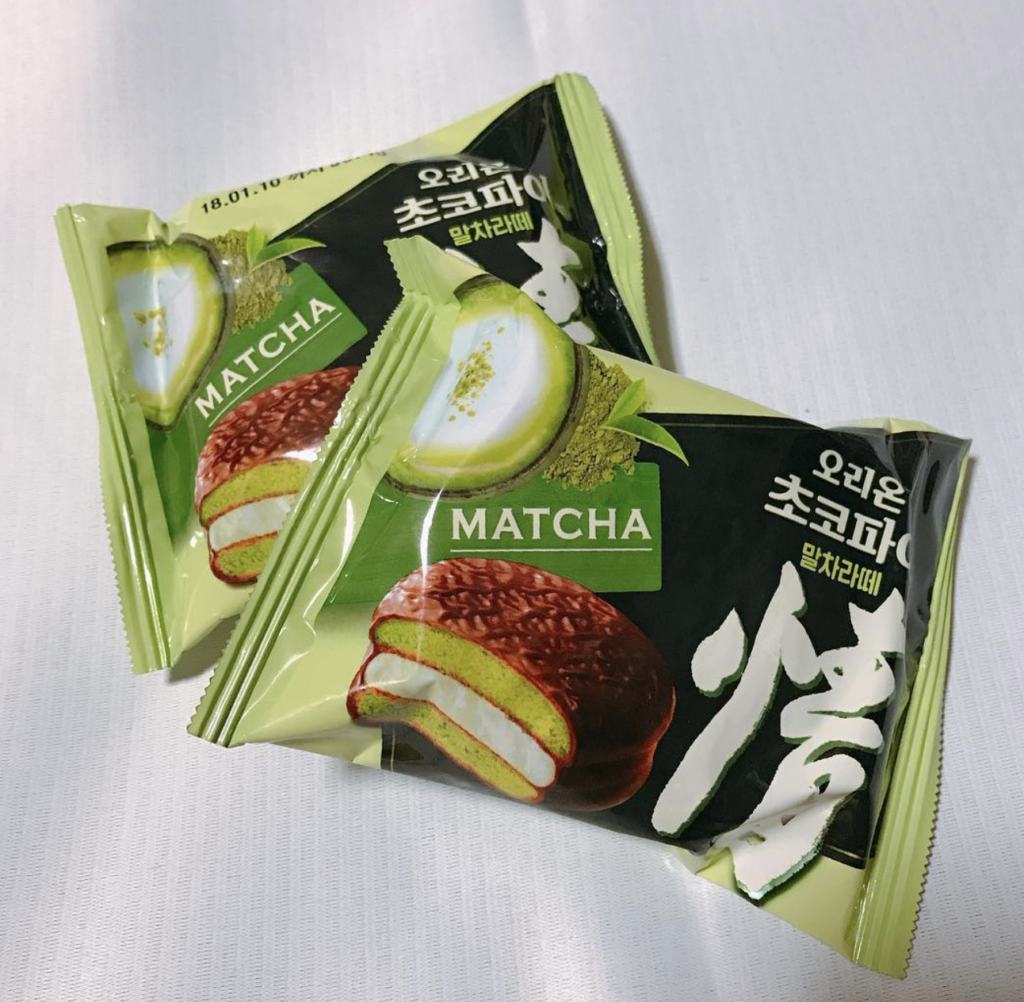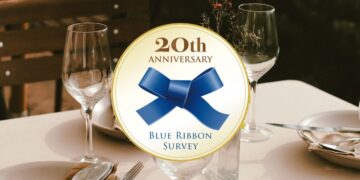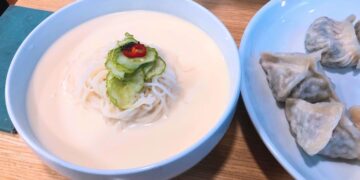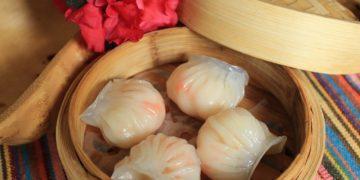Last Updated on 6 months by admin
Matcha is back as everyone’s favorite in South Korea; whether it’s in drinks, cookies, or cakes, it’s trending everywhere!
K-cafes and corner stores are positively glowing green. Over the last 18 months, matcha has surged from niche tea houses into mainstream chains, convenience-store bakery aisles, and even rooftop Starbucks “sky cafés.”
South Korean Matcha Market
In 2024, green-tea-powder generated US$57.3 million in revenue, and it is expected to grow at a rate of 7.3% from 2025 to 2030, reaching US$86.4 million by 2030. The largest segment in this is the dry powder, and pre-mixes are growing rapidly. South Korea is a small player in the matcha tea market, making up only 2.7% of the global market in 2024.
Find more at Horizon | Grand View Research
What’s fuelling the trend?
Genz is highly fixated on the “healthy-aesthetic” of matcha. Iced matcha drinks are not only photogenic, but also lower in caffeine and and are packed with antioxidants. They are now the fastest-growing category in Korean coffee shops, with some outlets reporting triple-digit year-on-year growth.
Not only South Korea, matcha has become a huge hit in coffee shops and grocery stores worldwide. It’s become a symbol of a generation, and matcha lovers ave become memes on social media.
It’s not just a favorite because of its aesthtics.
Matcha is a finely ground green tea powder traditionally used in Japanese tea ceremonies. Unlike the normal green tea which is steeped, in matcha you consume the whole ground leaf. That results in a concentrated flavor with more nutrients.
When it comes to the science of it, experts say it’s packed with antioxidants, like polyphenols that can reduce inflammation, and L-theanine, an amino acid that might boost your focus and energy. Plus, it also has rutin which is a bioflavonoid that can help lower blood pressure and bad cholesterol, as reported by Harvard Medical School.
But too much of it ain’t good for you!
But here’s a heads up: matcha can be too much for your caffeine tolerance. A regular 236-milliliter cup of matcha can have anywhere from 38 to 89 milligrams of caffeine. And despite all of its benefits and being a version of green tea, it is way higher than a regular cup of green tea. Doctors say if you drink too much, you might get anxious, have trouble sleeping, or experience other side effects.
Matcha is Everywhere!
You can find matcha in menus everywhere in South Korea. Whether it is a small indie cafe or a major franchise, you will find matcha in form of lattes, tea, cakes, and cookies.
Even the snack aisle is tunring green with matcha! There’s Korea’s favorite snack, Pepero and Lotte Choco Pie available in matcha flavors.
Matcha is literally everywhere! If you start browsing social media, you will soon start sailing in the sea of matcha. Gorgeous layered matcha drinks, matcha-inspired recipes, swirls of green in cake mixes, and what not.
Matcha in Korean cafes
From boutique to behemoth, matcha is on everyone’s menu.
Speciality matcha houses
Osulloc Tea House is a speciality matcha house in Seoul. It offers a whole level of unique experience of matcha. You can have freshly grinded matcha and enjoy its brews. And, since the leaves are sourced from Jeju, you can feel the difference from the Japanese matcha distinctly. It also has matcha powder, stick, and a premium matcha powder to make your home matcha experince equally excellent.
Matchacha Seoul (맛차차) is another popular speciality tea house near Seoul Forest. The perfect place to enjoy and relax with a cup of tea.
Matcha Green Startups
Super Matcha (슈퍼말차) gets its matcha powder from local green tea farms, so when you sip a cup here, you’re not just enjoying a delicious treat, you’re also supporting local farmers and their hard work! And, they also have a collection available in local grocery stores, so you can buy some to enjoy at home.
Big box chains
Chain cafés are increasingly using matcha as a coffee-alternative “third beverage pillar.”
Starbucks on the 99th floor in Haeundae’s Busan X the Sky observatory is one such cafe boasting of popular matcha drinks. The Jeju Matcha Latte is very much in demand at the second highest Starbucks in the world.
Supermarkets & C-stores go green
CU released a Strawberry-Matcha Cake in March 2025 items; matcha variants sold out in three days in Seoul CBD stores.
GS25 has launched Tiramisu Choco Matcha! A perfect blend of sweetness and bitterness.
There’s also Choco Pie’s Matcha flavor!

Matcha-flavored Pepero, the chocolate-covered biscuit sticks made in a special collaboration with the famous cafe Cheongsudang, are now available!
If you are a fan, there are challenges ahead
While the whole world is matcha-fan, there are some challenges on the horizon.
| Issue | Impact |
|---|---|
| Raw-leaf scarcity | Import prices from Japan up; some cafés impose “one-matcha-item” limits. |
| High prices | Global shortages have driven raw-leaf prices up 42 % in a year |
| Supply-chain squeeze | Korean brands like Osulloc to expand Jeju tencha acreage for domestic sourcing |
| Quality variance | Rapid launches mean more culinary-grade powder used in beverages; aficionados complain of bitterness. |
| Sustainability questions | Domestic cultivation in Hadong & Jeju ramping up but remains <15 % of demand. |
What’s next for matcha in South Korea?
A perfect storm of social-media virality, wellness aspirations and aggressive product innovation has made matcha the colour, and flavour, of the moment in Korea. You can expect the green wave to rise high as local farmers, big franchise, and indie cafes all race to keep their menus green.
Related Posts
3,231 total views, 12 views today

















